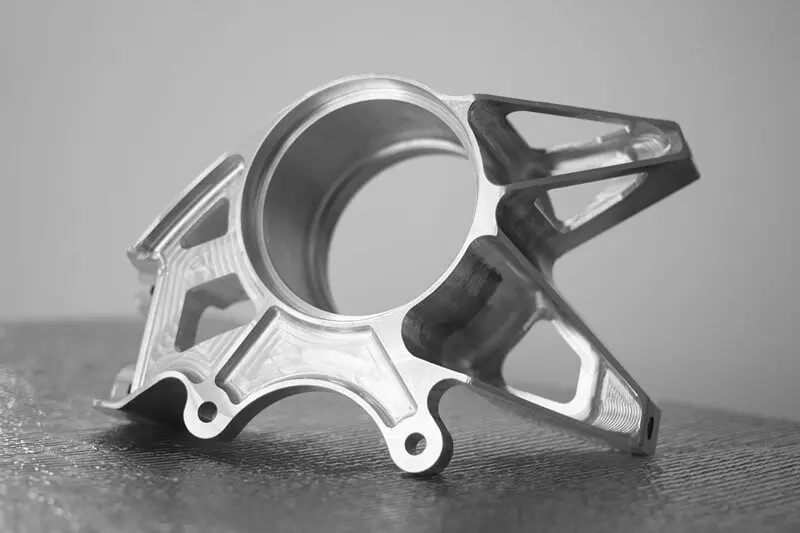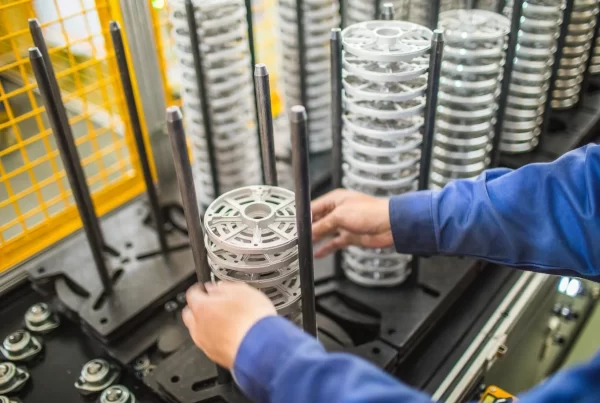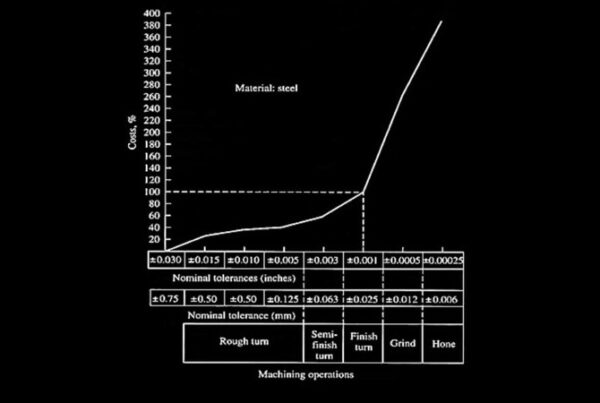In the world of precision manufacturing, the choice of materials plays a crucial role in determining the success of a project. One material that has gained immense popularity in CNC machine shops, particularly in aerospace applications, is Aluminum 6061. Renowned for its excellent strength-to-weight ratio, corrosion resistance, and versatility, this alloy has become a staple in the aerospace industry. In this article, we will delve into the pros and cons of using Aerospace Aluminum 6061 in CNC machine shops, shedding light on its benefits as well as potential limitations.
Pros of Aerospace Aluminum 6061 in CNC Machine Shops
1. Exceptional Strength-to-Weight Ratio:
Aerospace Aluminum 6061 is highly regarded for its remarkable strength-to-weight ratio. This characteristic makes it a prime choice for aerospace applications where lightweight components are essential to enhance fuel efficiency and overall performance. The alloy’s inherent strength ensures that crucial components can withstand the rigors of flight while keeping weight to a minimum.
2. Corrosion Resistance:
A significant advantage of Aerospace Aluminum 6061 is its exceptional corrosion resistance. This property is vital in aerospace applications, where exposure to harsh environmental conditions, including high altitude, temperature variations, and moisture, is inevitable. The alloy forms a protective oxide layer on its surface, preventing the material from succumbing to corrosion and maintaining the structural integrity of aerospace components.
3. Machinability:
CNC machining relies heavily on the ease with which a material can be processed into precise components. Aluminum 6061 boasts excellent machinability, making it a favorite in CNC machine shops. Its relatively low melting point, coupled with a reduced risk of chip buildup, ensures smooth cutting operations, efficient material removal, and reduced tool wear. This factor contributes to shorter production times and increased productivity.
4. Weldability:
Welding is a common process in manufacturing, allowing the creation of complex assemblies from individual parts. Aerospace Aluminum 6061 exhibits good weldability, enabling the fabrication of intricate structures with relative ease. This characteristic ensures that components can be joined securely, contributing to the overall strength of the final assembly.
5. Versatility and Anodization:
Aluminum 6061 can be easily customized to meet specific requirements through various finishing processes, with anodization being a popular choice. Anodizing not only enhances the alloy’s corrosion resistance but also provides an opportunity to impart a desired color and finish to the components. This versatility is particularly beneficial in aerospace applications, where aesthetics and branding can play a role alongside functionality.
Cons of Aerospace Aluminum 6061 in CNC Machine Shops
1. Lower Strength Compared to Some Alloys:
While Aerospace Aluminum 6061 boasts an impressive strength-to-weight ratio, there are other aluminum alloys with even higher strength characteristics available. In applications where utmost strength is a priority, engineers might opt for other alloys, even if it means sacrificing some weight advantage.
2. Prone to Galling:
Aerospace Aluminum 6061 has a tendency to experience galling, a phenomenon in which metal surfaces adhere to each other during sliding contact. This can result in increased friction and wear, potentially affecting the longevity of components. While proper lubrication and surface treatments can mitigate this issue, it’s still a consideration during component design.
3. Heat Conductivity:
While the high thermal conductivity of Aluminum 6061 can be advantageous in certain applications, it can also pose challenges. In aerospace applications where temperature variations are extreme, the alloy’s high thermal conductivity can contribute to heat transfer, potentially affecting the performance of sensitive components or materials.
4. Limited Hardness:
Aluminum 6061 is not known for its high hardness compared to other materials like steel. This can be a limitation in applications where components are subjected to high levels of wear or abrasive forces. In such cases, additional coatings or treatments might be necessary to enhance the material’s surface hardness.
5. Not Ideal for High-Temperature Environments:
While Aerospace Aluminum 6061 performs well under normal operating temperatures, it may not be suitable for applications involving sustained exposure to high temperatures. At elevated temperatures, the material can experience a reduction in strength and mechanical properties, potentially compromising the integrity of critical components.
Aerospace Aluminum 6061 has established itself as a formidable contender in CNC machine shops catering to aerospace applications. Its outstanding strength-to-weight ratio, corrosion resistance, machinability, and versatility make it a top choice for crafting lightweight and durable components. However, like any material, it comes with its set of limitations, including lower strength compared to some alloys, galling tendencies, and challenges in high-temperature environments. Engineers and manufacturers must carefully weigh these pros and cons when deciding whether Aerospace Aluminum 6061 is the ideal material for their CNC machining projects. By leveraging its strengths and mitigating its weaknesses, this aluminum alloy can continue to shape the future of aerospace manufacturing.





